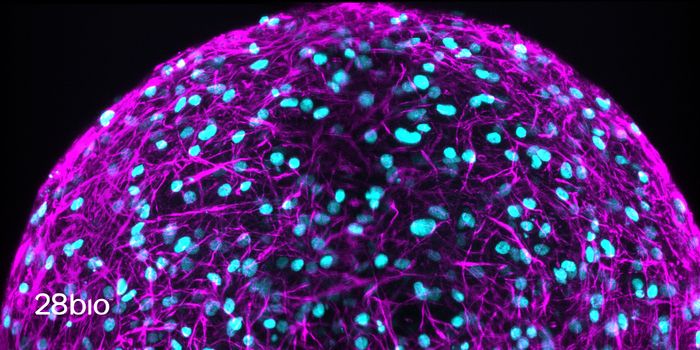What to Know About the Recent Monkeypox Outbreak
First COVID, then mysterious hepatitis cases among children, now monkeypox – a rare viral illness being detected in clusters in Europe and now the US.
Monkeypox, a less deadly and contagious relative of smallpox, is endemic to western and central Africa and derives its name from the laboratory monkeys it was first discovered in in 1958. In nature, however, rodents are thought to be the most common carriers. Small outbreaks have been found in humans before. A small outbreak occurred in the US in 2003 when rodents from Ghana brought it to Illinois prairie dogs that later infected close to 50 people who took the prairie dogs as pets.
This time around, although the first case wasn't particularly unusual – it was found in someone who'd traveled to an endemic region – subsequent cases occurred in people who'd had no obvious contact with an infected person and hadn't traveled to endemic countries. This outbreak of monkeypox suggests that monkeypox is spreading between people more stealthily than in previous outbreaks. According to the European CDC (ECDC), monkeypox is considered to be moderately transmissible.
Currently, this monkeypox outbreak is in 11 different countries across Europe, the US, Canada, and Australia. According to Thomas Inglesby, the director of the Johns Hopkins Center for Health Security, "It's uncommon to see this number of cases in four countries at the same time."
Andrea McCollum of the CDC states that based on existing monkeypox studies and as far as they're aware, the virus doesn't spread easily and not over long distances in the air. Transmission is through contaminated surfaces and prolonged close contact with infected people.
According to the European CDC, transmission to humans can occur through contact with an infected animal or human or with human bodily material containing the virus. Transmission between humans mostly occurs through large respiratory droplets that cannot travel far but can be transmitted with prolonged face-to-face contact. The virus can also spread if a person has contact with lesions. While some of the current cases (as reported by the ECDC, Reuters, and The Atlantic) may have been transmitted via sexual intercourse, this does not make the disease sexually transmitted like an STI, nor does it mean that the virus has mutated. Prolonged contact is how the virus spreads.
Symptoms of monkeypox include fever, headache, muscle aches, backache, swollen lymph nodes, chills, exhaustion, and a rash. The rash often beings on the face and can spread to the genitals. The ECDC states that a preponderance of lesions in the genital area has been reported in these recently detected monkeypox cases. After exposure, symptoms typically take 6 to 21 days to develop.
Fortunately, monkeypox is usually self-limiting has a low fatality rate. The smallpox vaccine is reported to be 85% effective at preventing monkeypox. The Atlantic reports the US has stockpiles of the smallpox vaccines and a smallpox treatment known as Tecovirimat/TPOXX that would likely work against monkeypox too.
Sources: ECDC, The Atlantic, Reuters, Reuters 2








